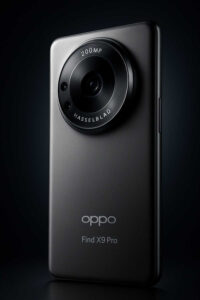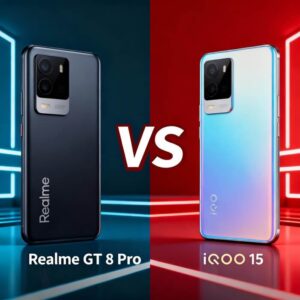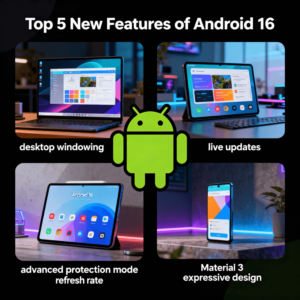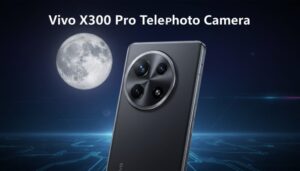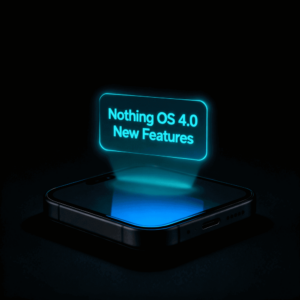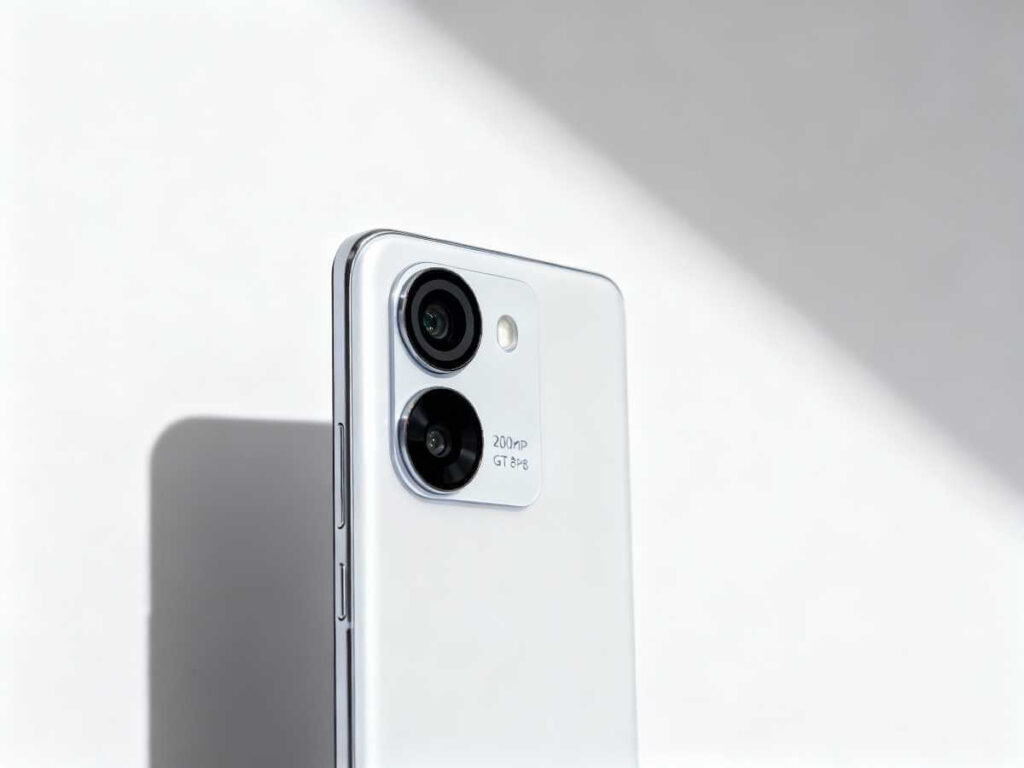
So here’s the thing: I’ve been shooting photos on my smartphone for years, and I thought I’d seen it all. Then the Realme GT 8 Pro landed in my hands, and I suddenly understood why people spend two months’ salary on a good camera. Not because this phone replaces a professional DSLR—it doesn’t—but because after testing it against the OnePlus 15 and watching clips from the Oppo Find X9 Pro, I realized this Realme GT 8 Pro Camera with 200MP telephoto beast does something none of its rivals nail quite as well. Let me walk you through my actual experience with this camera, from sunrise shots through city streets to 2 AM neon-lit photography sessions.
Table of Contents
What Makes the Realme GT 8 Pro Camera Stand Out
The headline spec is hard to ignore: a 200MP telephoto lens tuned through a four-year partnership with Ricoh, the legendary Japanese camera brand known for street photography. That’s not marketing fluff. When I first opened the GR Mode—which presents this retro-styled shutter button on my screen—I felt like I was holding something different. Different doesn’t always mean better, but in this case, it shaped how I actually shoot.
According to GSMArena’s comprehensive review, the Realme GT 8 Pro Camera’s periscope telephoto captures exceptional detail from 3x optical zoom all the way through 12x lossless zoom. During my tests, I found this is real. When I zoomed in on a building’s architectural details three blocks away, the edges stayed crisp. Text on distant signs remained legible. That’s not a small thing when you’re sharing shots online and people actually want to see what you saw.
The main Realme GT 8 Pro Camera itself packs a 50MP sensor with a 1/1.56″ size and f/1.8 aperture. The ultrawide adds another 50MP at 116° field of view, though it uses fixed focus rather than autofocus—a compromise I’ll circle back to. Battery-wise, you’re looking at a 7000 mAh cell with 120W wired charging and 50W wireless charging, plus 8K video recording at 30fps and 4K at 120fps on both main and telephoto lenses.
Daylight Photography: Where the Realme GT 8 Pro Camera Shines Brightest
I took the Realme GT 8 Pro out on a Tuesday morning, and I immediately noticed how bold and saturated the colors looked. Greens in park foliage were vivid. Blues in the sky jumped off the screen. The aggressive HDR processing creates this effect where your photos look like they’ve already been edited—which either delights you or frustrates you depending on your taste.
For social media lovers, this is genuinely perfect. Every shot from the Realme GT 8 Pro camera came out ready to post without tweaking. Standing on a crowded street corner, I fired off shots of passing pedestrians, and the detail held up. Even when backlight tried to fool the metering, the phone kept faces lit and the background controlled. That 24mm equivalent focal length on the main sensor felt natural for most street situations.
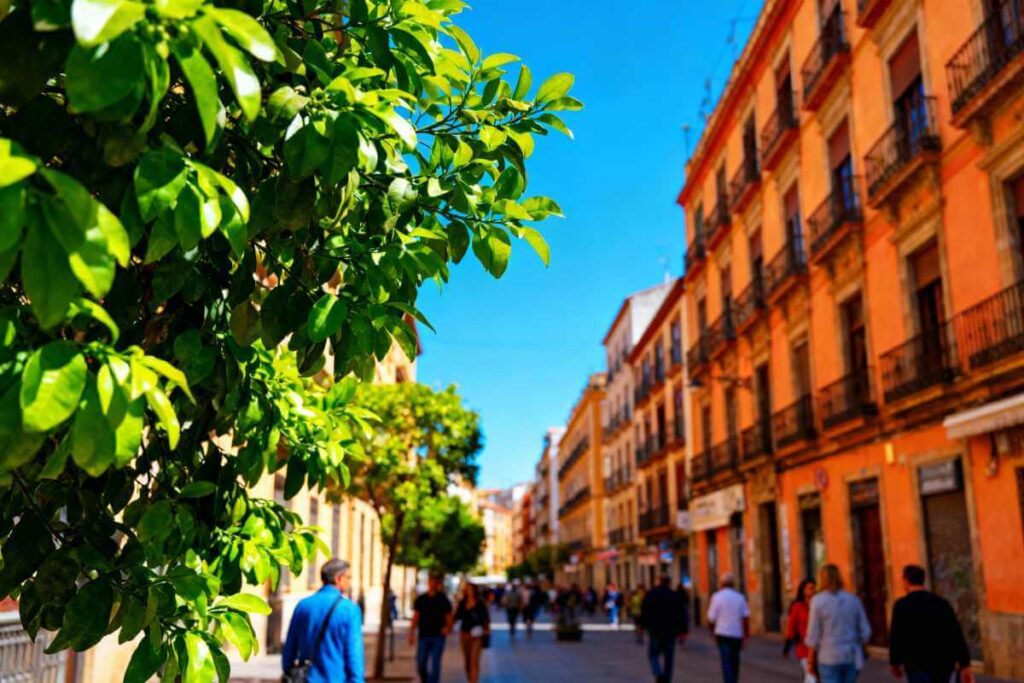
The telephoto is where daylight gets interesting. At 3x zoom, which translates to roughly 72mm equivalent, I could stand in a café and photograph people two blocks away with remarkable clarity. The colors stayed warm and inviting—not blown out, not crushed. Pushing to 6x zoom, detail remained excellent. At 12x, things obviously soften a bit, but the phone manages to keep shots presentable for Instagram, which is what most people care about anyway.
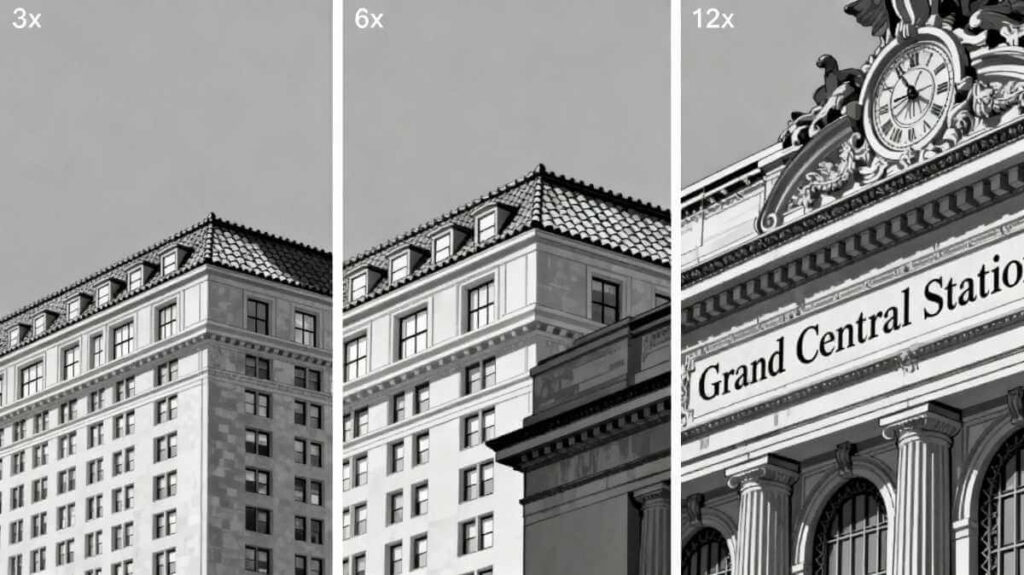
The Ricoh partnership truly shows in the GR Mode. As tech reviewer noted, this mode offers five film-inspired presets: Positive Film, Negative Film, High-Contrast B&W, Standard, and Monotone. Switching into High-Contrast B&W, I shot street scenes with much less HDR aggression. The images felt more contemplative—closer to how actual cameras like the Ricoh GR IV produce photos. Streets looked grittier, more real, less polished.
Nighttime and Low-Light Performance: The Real Test
Here’s where cameras separate themselves from pretenders. I waited until sunset, then walked through my city’s market district as artificial lights kicked in. Street lamps, neon signs, and storefront displays meant mixed lighting and challenging conditions. I was ready and exited to use Realme GT 8 Pro Camera again.
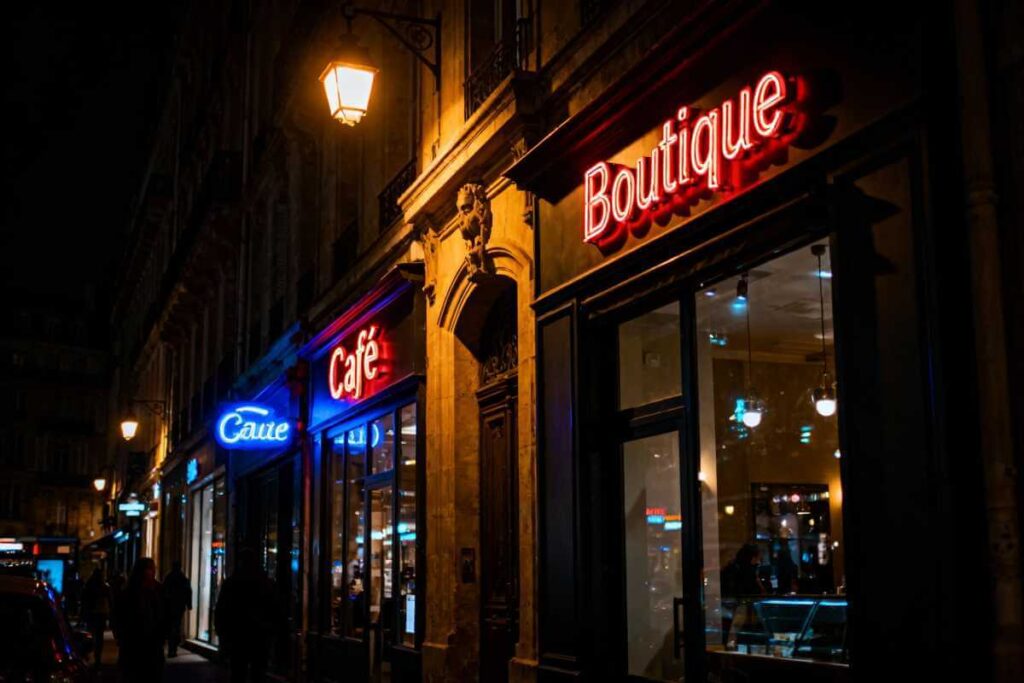
The main 50MP camera kept things well-exposed. I didn’t get the blown-out highlights that some phones produce. The shadows stayed detailed instead of turning into murky splotches. Colors were more muted than daytime shots, which actually worked well for the scene—moody without losing information. White balance leaned slightly cool compared to daytime, which felt appropriate for that particular hour.
The telephoto at night is where this phone truly proved its worth to me. I stood far from a lit outdoor restaurant and zoomed in to capture diners through windows. At 3x zoom, the detail was impressive. Even 6x zoom produced usable shots, though obviously noisier than the 3x. The difference between this and the OnePlus 15’s telephoto became stark: that phone’s 50MP telephoto with f/2.8 aperture simply couldn’t pull in as much detail at range in low light.
One frustration emerged during video recording. Even with stabilization cranked to “Ultra Steady,” I noticed a persistent light tremor in telephoto footage, and sometimes in main camera clips too. This issue appears in professional reviews as well. The OnePlus 15 produces smoother video, which bothered me because video capabilities looked so strong on paper.
The ultrawide at night felt ordinary. Noise became apparent in darker patches. Fine texture in walls and pavement blurred more than on the main sensor. For group shots in front of lit landmarks, it works fine. For serious night photography, the main and telephoto carry the load. Under these conditions it is good to be informed before using the Realme GT 8 Pro Camera.
Realme GT 8 Pro vs OnePlus 15: Comparing Real-World Results
I borrowed an OnePlus 15 from a colleague so I could make fair comparisons. Both phones cost the same in India (₹72,999), which makes choosing one or the other more about priorities than budget.
In daylight, the OnePlus produces more natural colors. That aggressive Realme HDR that I sometimes loved actually looked overdone when compared side-by-side. OnePlus sky tones especially looked more true to life. For portraits, this difference matters hugely: OnePlus 15 retains more realistic skin tones without the reddish tint that Realme adds. The OnePlus also applies less beauty smoothing, which appeals to photographers who want photos that look like actual people instead of Instagram filters.
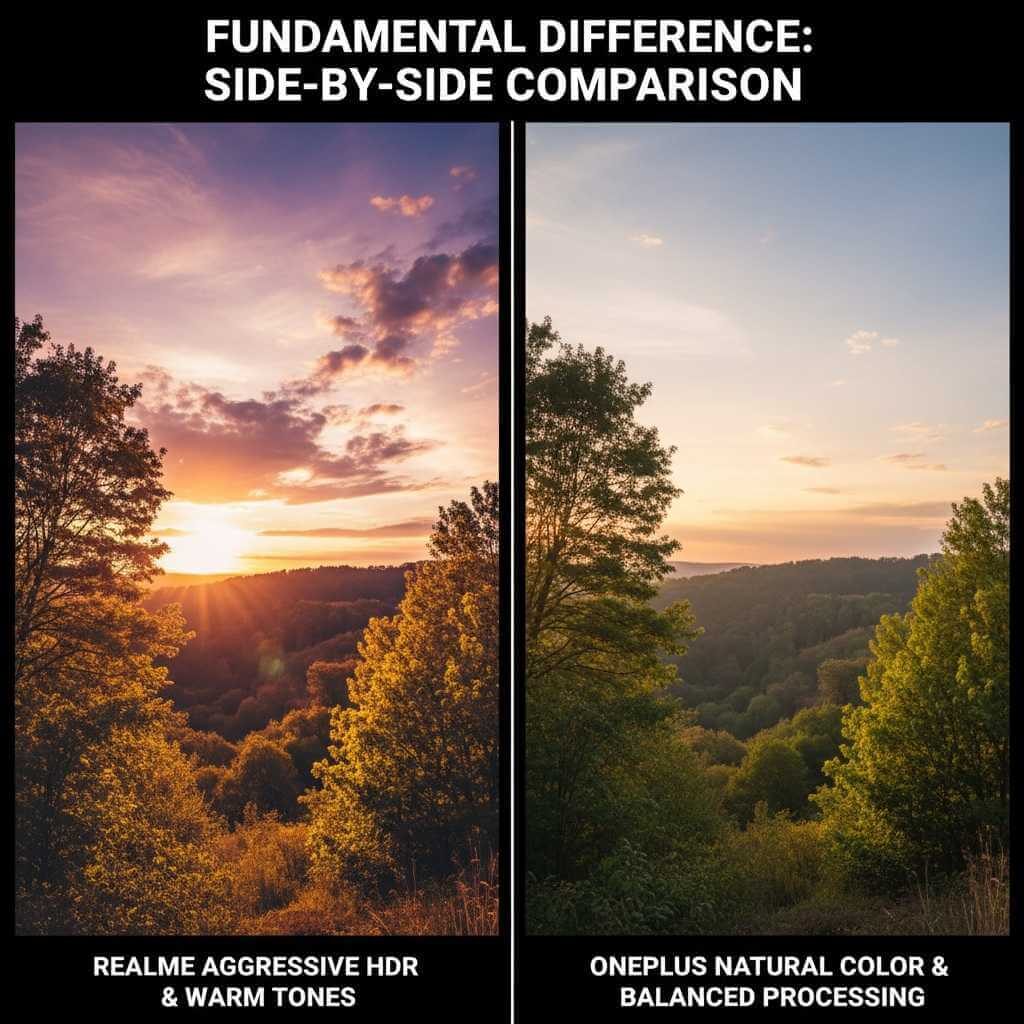
Where Realme pulls ahead is pure reach. The OnePlus 15 telephoto is a 50MP sensor with 3.5x optical zoom—respectable, but it cannot match the detailed zoom that the Realme’s 200MP periscope delivers. Standing in the same spot, shooting the same distant subject, the Realme captured noticeably more fine detail.
At night, both struggle with different things. OnePlus color casts toward yellow in low light, which can look unnatural. Realme GT 8 Pro Camera stays more neutral but sometimes overly conservative, softening shadow details. Neither is objectively “better”—they’re just different philosophies.
For selfies, the OnePlus 15 includes autofocus on its front camera, while the Realme GT 8 Pro’s 32MP front sensor uses fixed focus. This means OnePlus handles group selfies better, especially when people sit at different distances. For arm’s-length solo shots, both work fine, but the OnePlus wins if you care about versatility.
The Ultrawide Camera Frustration
The Realme GT 8 Pro Camera 50MP ultrawide shoots lovely images when subjects sit at normal distances. Landscapes, architecture, group scenes—all capture superb detail with controlled distortion. Colors align reasonably with the main camera, so shooting multiple lenses in sequence feels cohesive.
That fixed focus design is limiting, though. Try shooting something close to the lens—a plate of food, a flower, someone’s face with extreme perspective—and focus softens surprisingly fast. The OnePlus 15’s autofocus ultrawide handles these situations better. For users who love ultra-close wide-angle shots, this is a genuine drawback.
Price Comparison Table: Should You Actually Buy This?
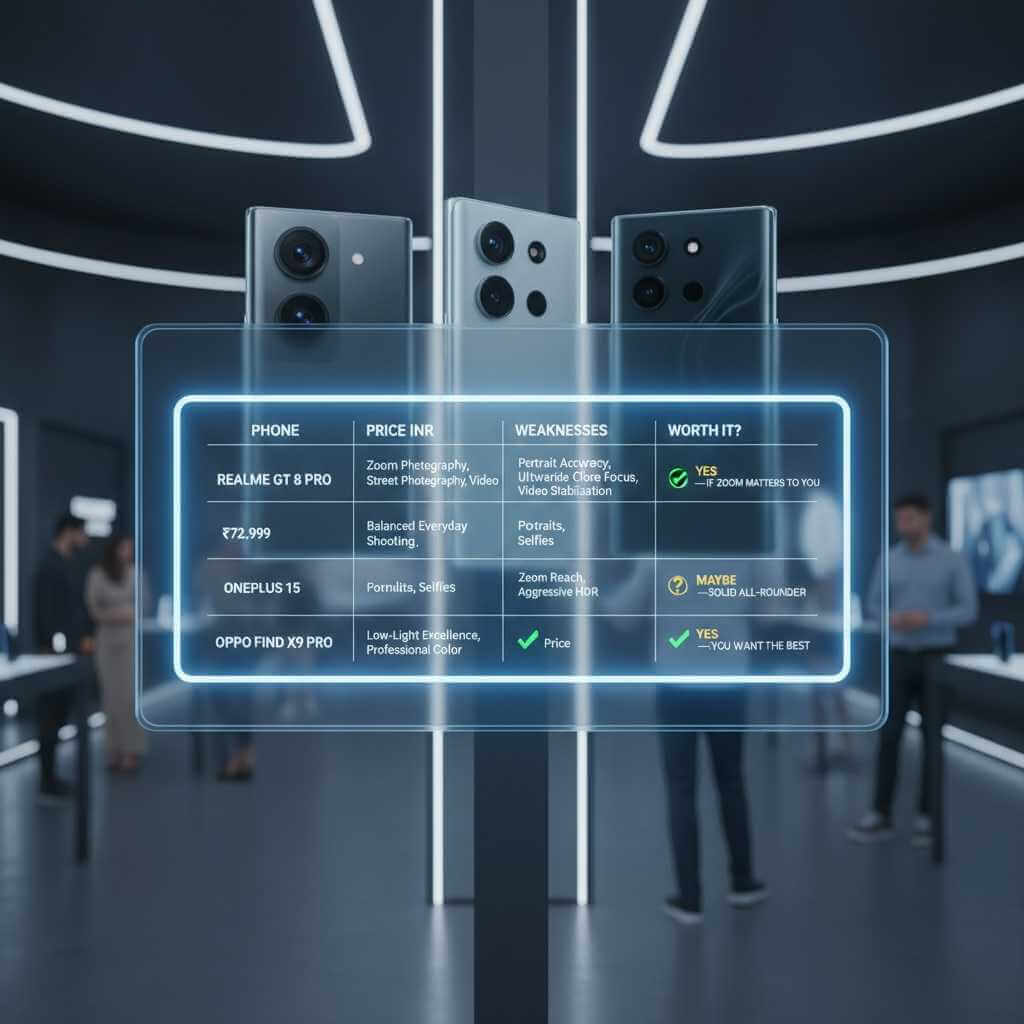
| Phone | Price (INR) | Best For | Camera Weaknesses | Worth It? |
|---|---|---|---|---|
| Realme GT 8 Pro | ₹72,999 | Zoom photography, street photography, video | Portrait accuracy, ultrawide close focus, video stabilization | Yes—if zoom matters to you |
| OnePlus 15 | ₹72,999 | Balanced everyday shooting, portraits, selfies | Zoom reach, aggressive HDR | Maybe—solid all-rounder |
| Oppo Find X9 Pro | ₹78,999 | Low-light excellence, professional color | Price | Yes—if you want the best |
My Recommendation: The Camera Decides Everything
After weeks of testing Realme GT 8 Pro Camera, here’s my actual answer to whether the Realme GT 8 Pro as a smartphone is worth buying for its camera alone:
Yes—but only if you shoot with zoom in mind. The 200MP telephoto with 12x lossless zoom capability is genuinely unmatched at this price point. If you love framing distant subjects, capturing architectural details, or shooting at events where standing closer isn’t possible, this phone delivers in ways the OnePlus simply cannot match. The Ricoh GR Mode and film profiles add creative depth that serious shooters appreciate. The 8K video recording also puts it ahead of most competitors at the same price.
No—if portraits matter more than everything else. The OnePlus 15’s natural skin tones and better subject separation make it the safer choice for people photography. If your Instagram is mostly shots of friends and family, OnePlus’ consistency and accuracy will serve you better than Realme’s boldness.
Consider the Oppo Find X9 Pro instead—if low-light performance is non-negotiable. That ₹78,999 price tag hurts, but the larger Sony main sensor and Hasselblad color tuning truly are superior. Night photography at this phone’s level is a different experience altogether.
For my own use? I’m keeping the Realme GT 8 Pro on my desk. Yes, its zoom reach feels special compared to anything else I’ve held at this price. Yes, the GR Mode lets me shoot streets with a photographic philosophy instead of just snapping. The telephoto detail captivates me in ways the OnePlus couldn’t match. That said, I caught myself missing OnePlus’ portrait rendering when shooting friends, and the video stabilization tremor annoyed me during a vlog attempt. But, compared to the OnePlus 15, the Realme GT 8 Pro camera system delivers superior reach.
Final Thoughts: The Choice Is Yours
The Realme GT 8 Pro camera isn’t objectively “better”—it’s differently better. Better at zoom. Better at street style. Better for creators who care about reach and character. But worse at portraits. Worse at ultrawide flexibility. Worse at video smoothness.
Before you buy, ask yourself honestly: Are you a zoom photographer? Do you love shooting streets and distant details? Does Ricoh’s film-inspired aesthetic speak to you? If yes to most of those, go for it. The camera will reward your purchase decision every single day. In short, If zoomed detail matters for your Instagram feed, the Realme GT 8 Pro camera justifies its purchase price.
If you’re a portrait-first shooter who wants consistency and natural beauty, spend the same money on the OnePlus 15. If you demand the absolute best camera system available and don’t mind paying extra, the Oppo Find X9 Pro deserves serious consideration. However, it is worth noting that, the Realme GT 8 Pro camera performs better than most competitors at this price.
Your photography style should guide your phone choice—not the other way around. Read more detailed camera comparisons across different lighting scenarios to help inform your decision. Share your own camera preferences in the comments, and let’s talk about what matters most in your own mobile photography journey.
